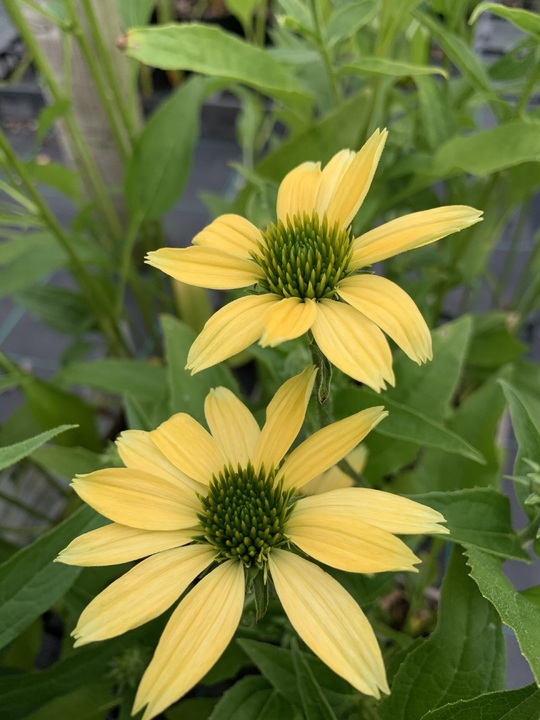
Each one as reliably unhardy as it was lovely. Lovely though this dazzling amber cross was, it proved a disaster in the garden, as did so many of the crosses that follows. Plant where they will not sit wet in the winter and in a place where there is good air flow around the crown and they can prove excellent garden plants.īack in the early 1990’s Echinacea purpurea was cross with the yellow Echinacea paradoxa to creatre Echinacea ‘Art’s Pride’.

Think of their native habitat which tends to be dry and often windy. Their enemy in Britain is muggy dampness and overcrowding.
MELLOW YELLOW ECHINACEA FULL
They thrive in full sun and will tolerate light shade and drought. They are very hardy in respect of temperature and also tolerant of heat in summer. They are extensively visited by both bees and butterflies for the rich nectar they produce.Įchinacea naturally grow in dry habitats, in open woodland and on prairies. The flowers can vary from being quite flat to having heavily reflexed petals in Echinacea angustifolia. They are easily recognised by the cone of stiff spikes in the centre of each large daisy flower. The deep pink Echinacea purpurea is the most commonly encountered, but the increasing availability of several related species and extensive breeding have greatly increased the diversity available from this genus in recent years. (I m going to have Donovan’s voice in my head all afternoon now!)Įchinacea are the Coneflowers from North America.

These contain much more’ blood’ of Echinacea purpurea, the most reliable species here in Britain. Do not confuse this with Echinacea paradoxa ‘Mellow Yellow’ which is a cultivar of a different species. Colours supplied can’t be guaranteed unless buying in flowering season – please ask if you are looking for a particular shade. They are all good sturdy growers which will attain 60cm in height. They come in shades from a pale creamy yellow to much richer golden tones.

Botanical Style Photographs taken against a white background Browse these pages to easily see how different varieties differ from one another.


 0 kommentar(er)
0 kommentar(er)
